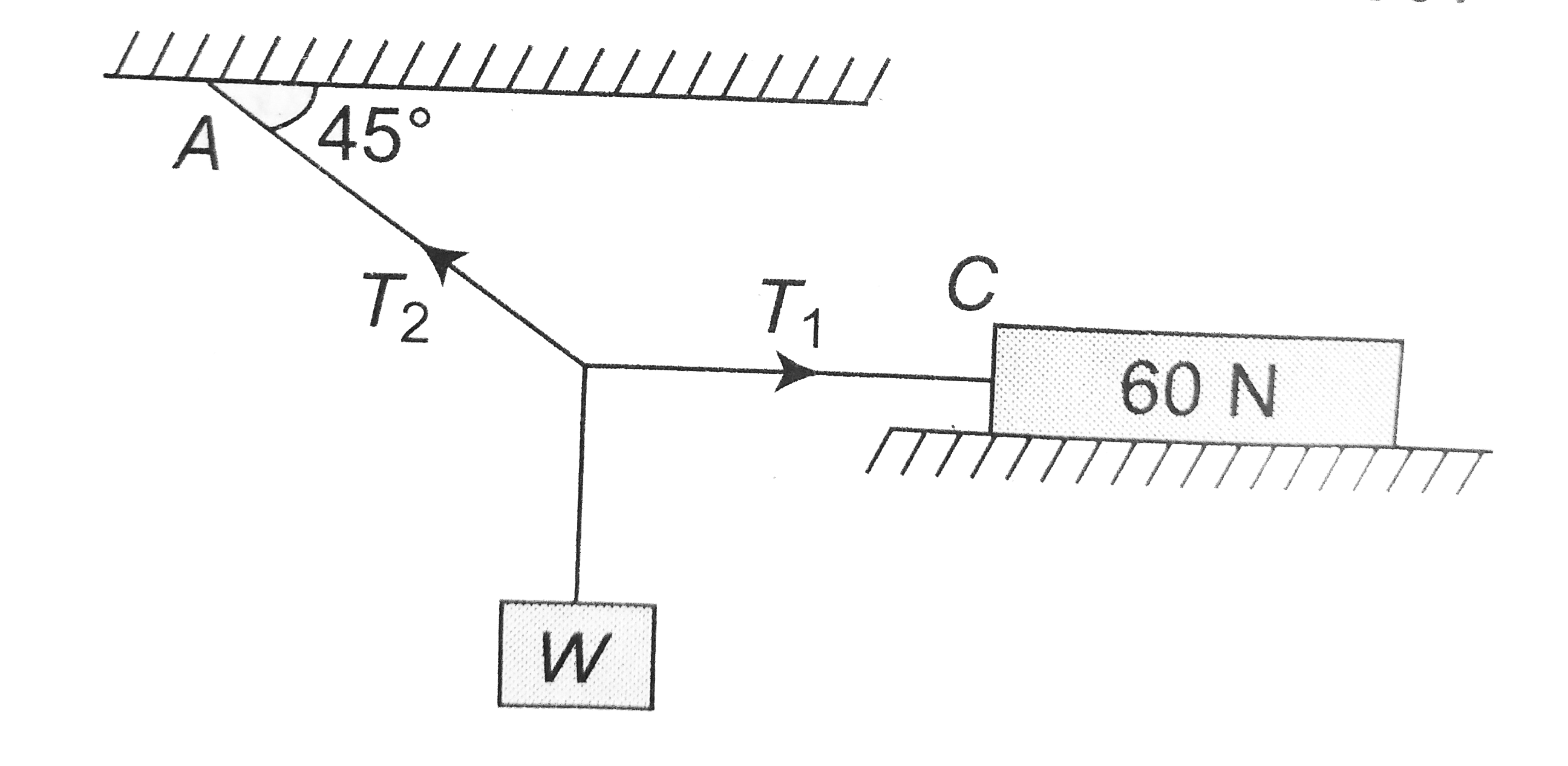The pressure exerted by the weight of a cubical block of a side 3 cm on the surfaces 5 Pa. What will be the weight (or force) of the block?
To find the weight (or force) of the cubical block, we can follow these steps:
Step 1: Understand the relationship between pressure, force, and area.
The formula for pressure (P) is given by:
P=FA
where:
- P is the pressure in Pascals (Pa),
- F is the force (or weight) in Newtons (N),
- A is the area in square meters (m²).
Step 2: Calculate the area of the base of the cubical block.
The side of the cubical block is given as 3 cm. To find the area (A) of one face of the cube:
A=side×side=3cm×3cm=9cm2
Step 3: Convert the area from cm² to m².
Since the SI unit for area is m², we need to convert cm² to m²:
1cm=0.01m
Thus,
1cm2=(0.01m)2=0.0001m2
So,
9cm2=9×0.0001m2=9×10−4m2
Step 4: Rearrange the pressure formula to find the force.
We can rearrange the pressure formula to solve for force (F):
F=P×A
Step 5: Substitute the values into the formula.
We know:
- Pressure P=5Pa
- Area A=9×10−4m2
Now, substituting these values:
F=5Pa×9×10−4m2
F=45×10−4N
F=4.5×10−3N
Conclusion:
The weight (or force) of the block is 4.5×10−3N.
---
The formula for pressure (P) is given by:
P=FA
where:
- P is the pressure in Pascals (Pa),
- F is the force (or weight) in Newtons (N),
- A is the area in square meters (m²).
The side of the cubical block is given as 3 cm. To find the area (A) of one face of the cube:
A=side×side=3cm×3cm=9cm2
Since the SI unit for area is m², we need to convert cm² to m²:
1cm=0.01m
Thus,
1cm2=(0.01m)2=0.0001m2
So,
9cm2=9×0.0001m2=9×10−4m2
We can rearrange the pressure formula to solve for force (F):
F=P×A
We know:
- Pressure P=5Pa
- Area A=9×10−4m2
F=5Pa×9×10−4m2
F=45×10−4N
F=4.5×10−3N
The weight (or force) of the block is 4.5×10−3N.
Similar Questions
Knowledge Check
A block of mass 1 kg is placed on a horizontal surface . The reaction force to the weight of the block is
AThe 10 N normal force from the surfaceBThe 10 N reaction force from the block of the surfaceCThe weight of the earthDA 10 N force on earthIn the figure, a block of weight 60N is placed on a rough surface. The coefficient of friction between the block and the surface is 0.5 . What should be the weight W such that the block does not slip on the surface?
 A60NB60√2NC30ND30√2N
A60NB60√2NC30ND30√2N
What is the weight of a cubical block of ice 50cm in length, if one cubic metre of ice weighs 900 kilograms?
View SolutionIf the edge lengths of a cubical block are 2 cm, what is the block’s surface area?
View SolutionA pressure exerted by mercury at the bottom of a container of area of cross section 2cm2 is 10 Pa. Determine the weight of the mercury in the container.
View SolutionA pressure exerted by mercury at the bottom of a container of area of cross section 2cm2 is 10 Pa. Determine the weight of the mercury in the container.
View SolutionIf a block of 5 kg is lying on the ground, then the thrust on the surface of the ground due to the weight of the block.
View SolutionA cubical block of mass 2 kg with each side of 2 cm is lying on the ground. What will be the pressure exerted by the block on the ground?
(Take g=9.8m/s2)
View Solution
